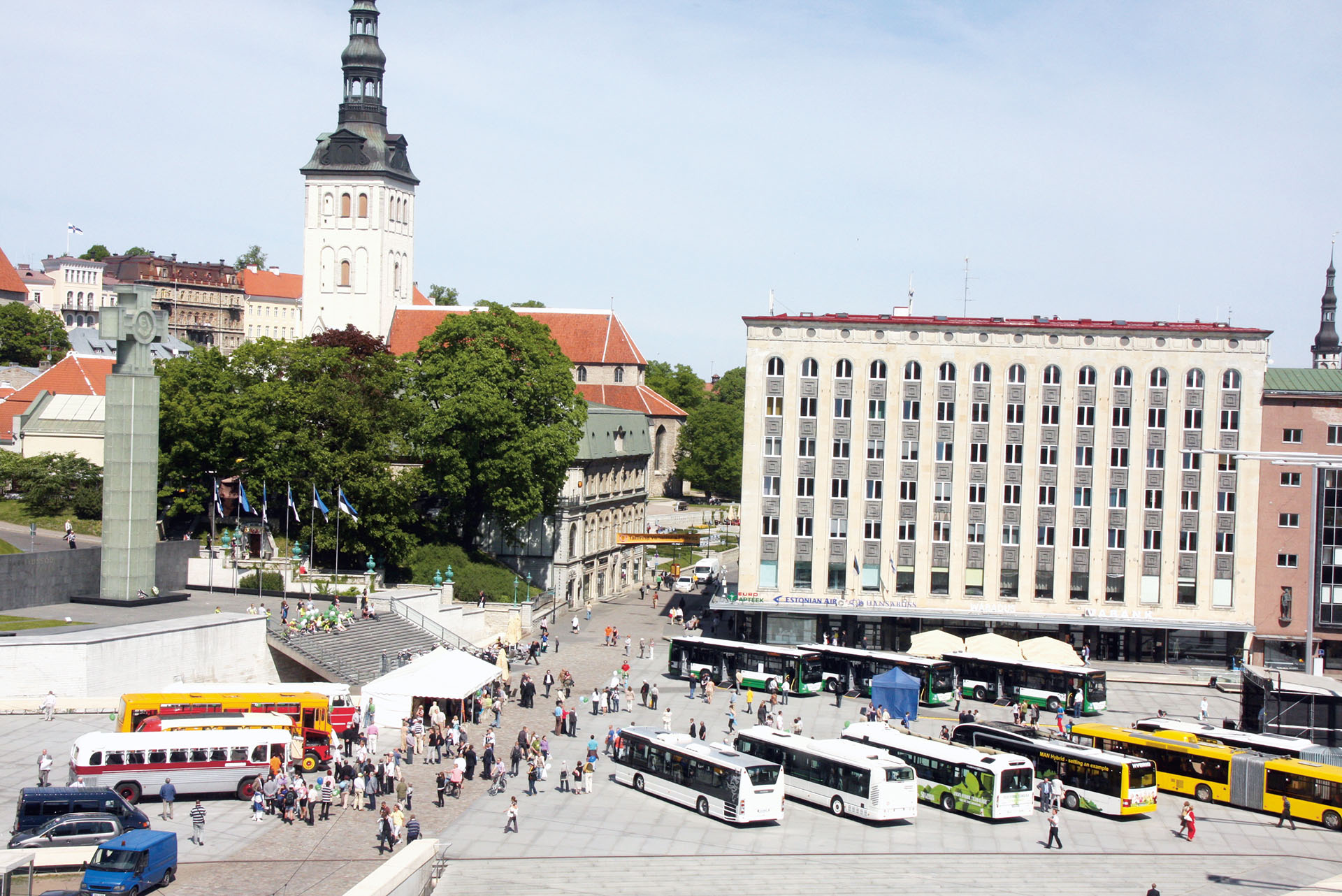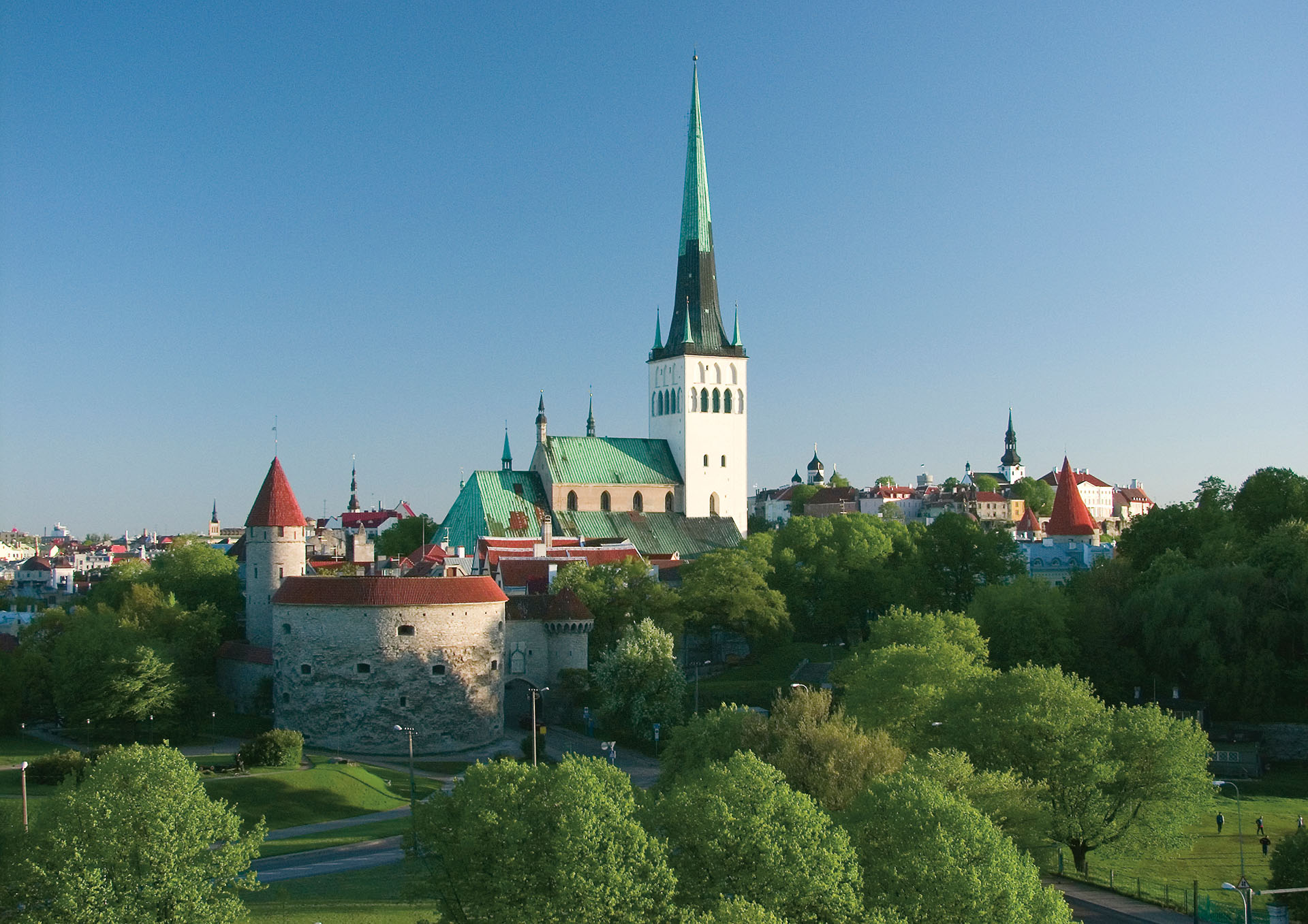Tallinn: Free Public Transport
With more people moving to cities and more people getting cars, cities around the world are confronted with exponential traffic and pollution. The promotion and implementation of more sustainable modes of transport are pressing issues that policy-makers and municipalities must address. How can they possibly counter the independence that comes with having a car?
Starting in January 2013, Tallinn will become the first European capital to offer free public transport to its citizens. According to The Baltic Times (August 23, 2012), with the new ticketing system the City of Tallinn will lose approximately 14 million euros in uncollected ticket revenues in 2013. But then the current system of ticket sales is seen as overpriced anyhow and wasteful for the environment.
The long-term environmental benefits to having less cars circulating are evident while citizens will also enjoy cleaner air and less noise pollution. Although several small and medium-size cities have already converted to the free-fare public transport system, Tallinn is definitely setting an example and opening the way for other European capitals to follow.
Tallinn has close to 175,000 motor vehicles:
145,867 cars
22,893 trucks
4,437 motorcycles
366 scooters
1,302 buses
Source: Statistics Estonia, 2012
Is free public transport enough of an incentive for commuters to shift to public transport? In Tallinn, paper tickets will be abolished and regardless of a person’s place of residence, anyone under 19 will be allowed to ride for free. Users of the public transport who are not residents of Tallinn will have to buy e-tickets or electronic cards.

Estonia joined the European Union in 2004, signed the Lisbon Treaty in 2007, and adopted the euro in 2011. As of 2012, Estonia remains the only euro member with a budget surplus.
Estonia is 34th among 187 countries in the UN Human Development Index that at education levels, life span and economic development.
Message from the mayor
Introducing free public transport in the capital of Estonia will grant equal mobility opportunities to all social strata. To many car drivers, free public transport will be a major incentive to switch to public transport, thus reducing pollution and noise while improving living standards.
75% of Tallinners voted for free public transport in our local referendum between March 19-25, 2012. We have no need to discuss if we need free public transport, but rather when free public transport will reach the surrounding areas of Harju County and to the rest of Estonia. The people of Tallinn have said their word and I am sure that the entire nation would do the same if they are asked about it. Free public transport in Tallinn will start on January 1, 2013, and this is a brave step towards making Tallinn a green capital in the future.
Mr. Edgar Savisaar
Mayor of Tallinn
Some other European cities already providing free public transport
Hasselt, Belgium
The city of Hasselt is the most notable success story of free public transport implementation. The Belgian city of 73,000 inhabitants has implemented fare-free transportation in 1997 and by 2006 its public transport use has raised 13 times.
Colomiers, France
The first area of France to offer zero-fare public transport which is still in operation at present. Since 1971 its 30,000 inhabitants have been enjoying free bus rides.
Aubagne, France
The urban district of Pays d’Aubagne et de l’Etoile near Marseille with 100,000 residents started free public transport in 2009.
Gibraltar (2011), Manosque (2010), Libourne (2010), Castres (2008), Châteauroux (2001), Prague (in times of flooding and pollution peaks)
Tallin
Located in north-eastern Europe, the capital of Estonia is on the Baltic Sea and looks across the Gulf of Finland at Helsinki. Tallinn has developed into a thriving port city as well as an emerging industrial and commercial hub.
Tallinn houses a significant amount of technology start-ups and more established companies. Ericsson has placed its production and innovation on 4G technology here and Skype is perhaps the most renowned and successful start-up from Tallinn.

Over 150 companies operate in the Tallinn’s Research Park Tehnopol – most are active in ICT, electronics, mechanics, biotechnology. Five research and development centers also operate there making Tehnopol a veritable incubator for innovation.
Inhabitants: 416,000
Population density: 2,618 people/km2
Tallinn has 40 km2 of parks and forests
City area: 159 km2
Don’t miss Tallin’s unique fire and ice party in January